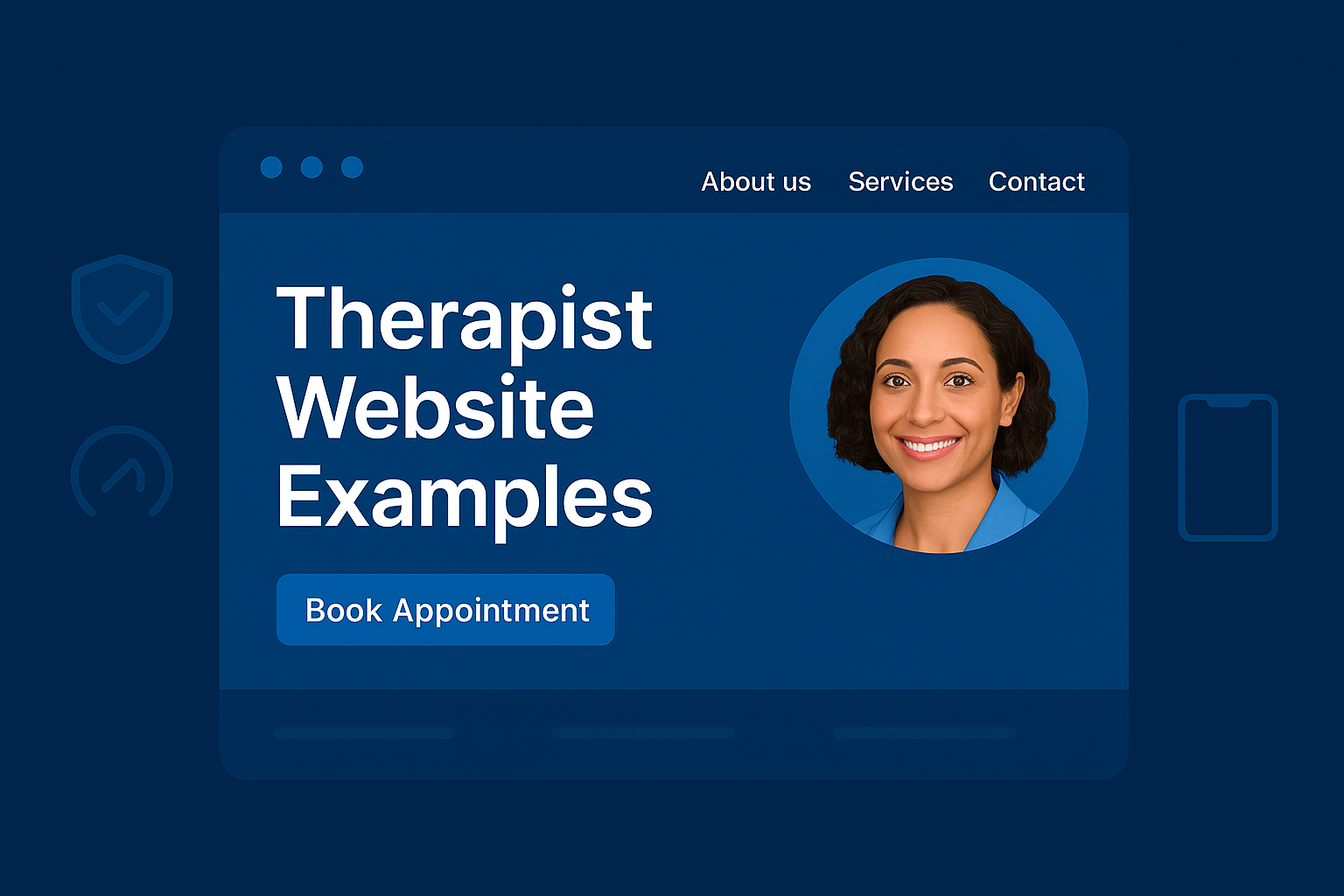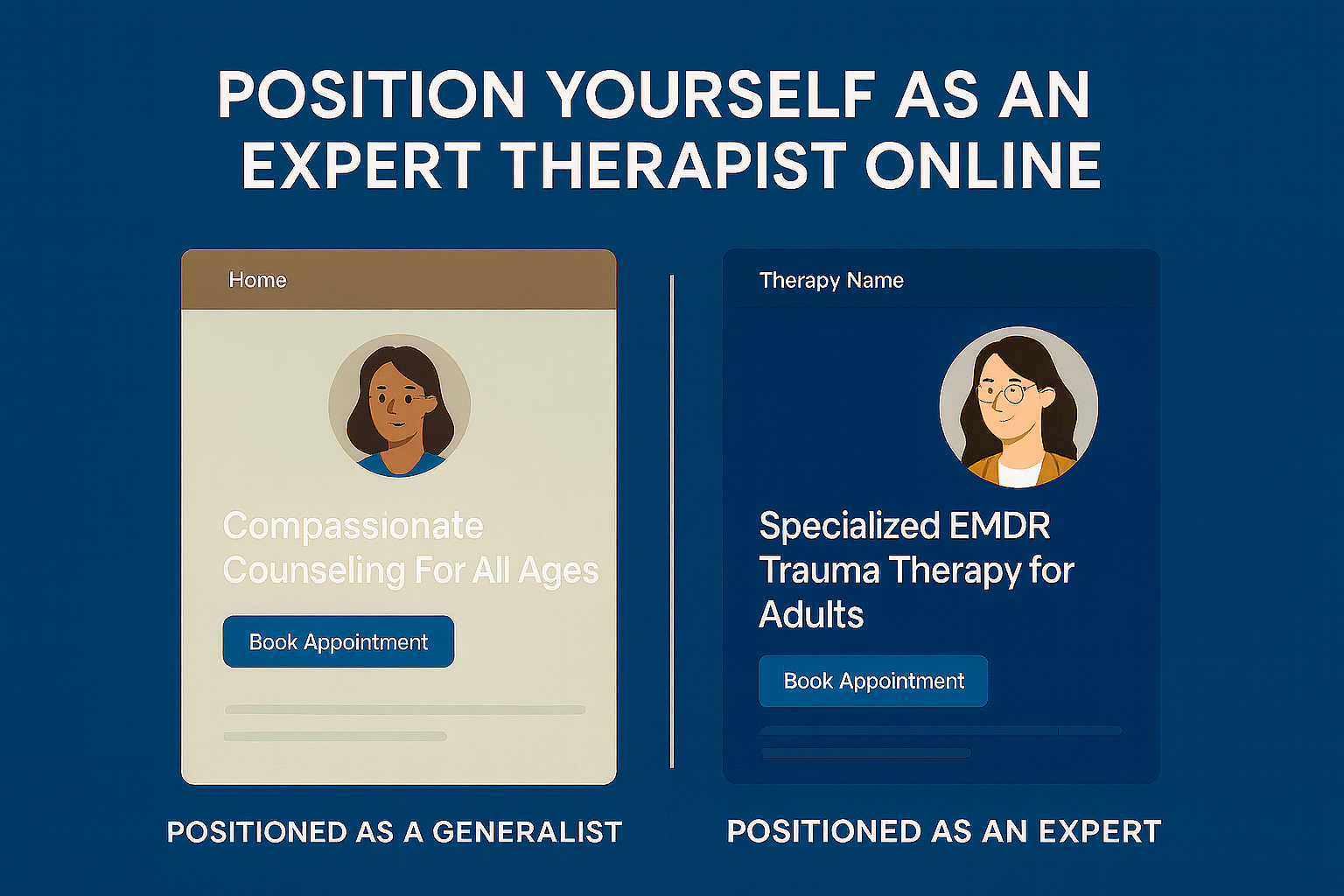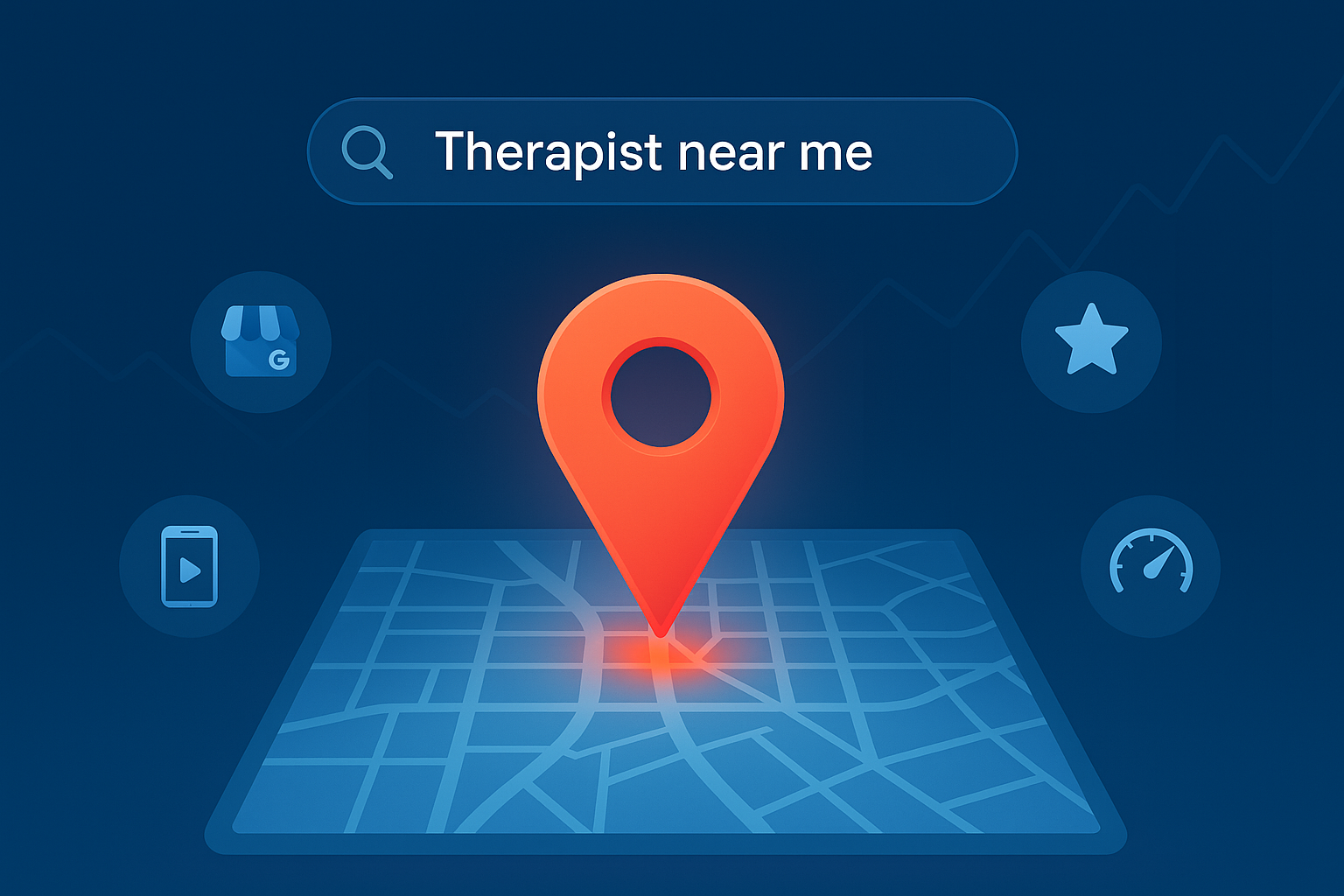The mental health field has undergone a significant transformation in recent years, with teletherapy—also known as virtual counseling—emerging as a powerful tool for delivering care. Fueled by technological advancements and a growing demand for accessible mental health services, teletherapy has reshaped how therapists connect with clients, breaking down barriers of distance and stigma. The rise of teletherapy: how virtual counseling is transforming mental health care highlights the profound impact of this trend, from expanding access to care to integrating seamlessly with Electronic Health Record (EHR) systems. In this guide from Mental Health IT Solutions (MHIS), We’ll explore the key drivers, benefits, and future potential of teletherapy, offering insights for mental health professionals navigating this digital shift.
Understanding the Rise of Teletherapy in Mental Health
Teletherapy, the delivery of mental health services via secure video conferencing, phone, or messaging, has surged in popularity, becoming a mainstream option for therapy.
What Is Teletherapy?
A Digital Approach to Counseling
Teletherapy allows therapists to conduct sessions remotely using HIPAA-compliant platforms like TheraPlatform or SimplePractice. It includes video sessions, phone calls, and secure messaging, offering flexibility for both therapists and clients.
The Evolution of Virtual Care
While teletherapy existed before, its adoption skyrocketed during the COVID-19 pandemic, with usage increasing by over 50% in 2020, according to the American Psychological Association (APA). This shift has since solidified teletherapy as a permanent fixture in mental health care.
Why Teletherapy Is on the Rise
Technological Advancements
Improved internet access, secure video platforms, and EHR integrations have made teletherapy more reliable and user-friendly, enabling seamless virtual care delivery.
Changing Client Expectations
Clients increasingly prefer the convenience of virtual sessions, with many citing reduced travel time and greater comfort as key benefits, driving the momentum behind the rise of teletherapy: how virtual counseling is transforming mental health care.
Key Drivers Behind the Rise of Teletherapy
Let’s explore the factors fueling the growth of teletherapy and its transformative impact on mental health care.
1. Increased Accessibility to Mental Health Services
Reaching Underserved Populations
Teletherapy eliminates geographical barriers, allowing clients in rural or remote areas to access care. For example, a client in a rural town can connect with a therapist hundreds of miles away, addressing the shortage of local mental health providers.
Reducing Stigma
Virtual counseling offers privacy, enabling clients who might feel stigmatized about seeking therapy to engage from the comfort of their homes, increasing overall mental health service utilization.
2. Flexibility and Convenience for Clients and Therapists
Flexible Scheduling
Teletherapy allows for more flexible scheduling, accommodating clients with busy lives or therapists managing multiple roles. Sessions can be conducted during lunch breaks or after hours, improving access to care.
Work-from-Home Options for Therapists
Therapists can work remotely, reducing overhead costs like office rent and enabling a better work-life balance, a significant driver of the rise of teletherapy: how virtual counseling is transforming mental health care.
3. Integration with EHR Systems
Seamless Documentation
EHRs with integrated teletherapy, like TheraPlatform, allow therapists to conduct virtual sessions and document them in real-time within the same platform, streamlining workflows. For more on this, see Benefits of an Integrated EHR and Teletherapy Platform for Therapists.
Enhanced Data Management
Integrated systems centralize client data, making it easier to track progress, manage billing, and ensure compliance during virtual sessions, enhancing the efficiency of teletherapy.
4. Support for Continuity of Care
Uninterrupted Sessions
Teletherapy ensures continuity of care during disruptions, such as travel, illness, or emergencies, allowing clients to maintain their therapy schedule without interruption.
Transition Between In-Person and Virtual
Clients can switch between in-person and virtual sessions as needed, ensuring consistent care regardless of circumstances, a key benefit of teletherapy’s rise.
Benefits of Teletherapy for Mental Health Care
1. Expanded Access to Care
Teletherapy reaches clients who might otherwise go without care, such as those in rural areas or with mobility issues, addressing disparities in mental health access.
2. Improved Client Engagement
Clients often feel more comfortable in their own space, leading to greater openness during sessions. Secure messaging and client portals also keep clients engaged between sessions, improving adherence to treatment plans. For more on engagement, see The Role of EHR in Enhancing Patient Care and Therapy Outcomes.
3. Cost-Effectiveness for Clients and Therapists
Clients save on travel costs, and therapists reduce expenses like office rent. Integrated EHR platforms further lower costs by combining teletherapy and documentation tools into one subscription.
4. Enhanced Therapist Efficiency
Teletherapy platforms integrated with EHRs automate tasks like scheduling and billing, reducing administrative burdens. For more on efficiency, check out How EHRs Help Mental Health Professionals Reduce Administrative Burden.
Challenges of Teletherapy and How to Address Them
1. Technology and Connectivity Issues
Challenge: Internet Disruptions
Unstable internet can disrupt sessions, impacting the therapeutic process, especially for clients in rural areas with limited connectivity.
Solution: Use Reliable Platforms
Choose a teletherapy platform with low-bandwidth options, like SimplePractice, and have a backup plan, such as a phone session, for connectivity issues. For more on cloud systems, see How Cloud-Based EHR Systems Benefit Mental Health Clinics.
2. Privacy and Security Concerns
Challenge: Ensuring HIPAA Compliance
Virtual sessions must be conducted on HIPAA-compliant platforms to protect client data, but not all tools meet these standards, risking breaches.
Solution: Select Secure Systems
Use EHRs with built-in teletherapy, like TheraNest, which offer end-to-end encryption and secure client portals. Train your team on best practices. For more on security, see How to Secure Patient Data with an EHR for Mental Health Practices.
3. Building Rapport Virtually
Challenge: Limited Non-Verbal Cues
Virtual sessions can make it harder to read body language, potentially affecting the therapeutic relationship, especially for new clients.
Solution: Leverage Technology
Use high-quality video and encourage clients to share their environment (e.g., showing a pet) to build rapport. AI tools can also analyze speech patterns for emotional insights. For more on AI, see How AI and Automation Are Transforming Mental Health EHR Systems.
The Future of Teletherapy in Mental Health Care
Integration with Emerging Technologies
Teletherapy platforms are adopting AI for session summaries and virtual reality (VR) for immersive therapies like exposure therapy, enhancing care delivery. For more on trends, see The Future of EHR in Behavioral Health: Trends to Watch.
Policy and Reimbursement Changes
As teletherapy grows, insurance providers are expanding coverage for virtual sessions, making it more financially viable for therapists and clients, further driving adoption.
Broader Adoption Across Specialties
Teletherapy is expanding beyond individual therapy to group sessions, family therapy, and crisis intervention, broadening its impact on mental health care.
How to Get Started with Teletherapy
Choose the Right Platform
Select an EHR with integrated teletherapy, like SimplePractice, ensuring HIPAA compliance and ease of use. For more on choosing an EHR, see Choosing the Best EHR for Your Therapy Practice: A Complete Guide.
Train Your Team
Educate yourself and your staff on teletherapy best practices, including managing virtual rapport and ensuring privacy, using vendor resources like TheraPlatform’s tutorials.
Communicate with Clients
Inform clients about teletherapy options, explaining benefits like convenience and privacy, and guide them on accessing sessions through the client portal.
The Long-Term Impact on Mental Health Care
The rise of teletherapy: how virtual counseling is transforming mental health care marks a pivotal shift in the field. By expanding access, improving engagement, and integrating with EHRs, teletherapy is making mental health care more inclusive and efficient. For therapists, it offers flexibility and growth opportunities, while for clients, it provides a convenient, stigma-free way to seek help. As technology continues to evolve, teletherapy will play an even larger role in shaping the future of mental health care.
Final Thoughts
The rise of teletherapy: how virtual counseling is transforming mental health care underscores its potential to revolutionize therapy practices. By embracing teletherapy, you can expand your reach, enhance client care, and streamline operations, all while adapting to modern demands. Partnering with Mental Health IT Solutions can help you integrate teletherapy into your practice.
Ready to invest in a specialized system? Visit Why Private Practice Therapists Should Invest in a Mental Health EHR for more insights.







